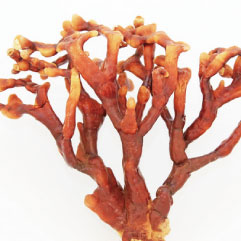
A type of deerhorn shaped mushroom which is rich in B-Glucan. It has been used as folk remedies since ancient times in China.
The rarity of this reishi is 1 in 10,000. We selected the one cultivated without pesticides in Akita prefecture.
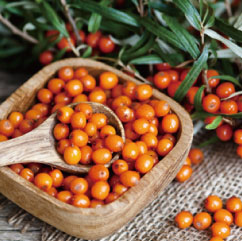
An orange plant of the Elaeagnaceae family. The fruit contains oil which can prevent freezing in the harsh winter environment.
It is the only fruit in this family that produces large amounts of vitamins A, C and E.
It contains more than 200 types of nutrients.
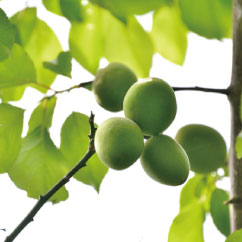
Plums that have been planted before the Nara period. They are very nutritious and rich in minerals that the body needs.
The mineral content in plums is higher than those of oranges and apples while the calcium content is 4 times higher than apples.

A luxurious brand of Japanese tea. The southern part of Kyoto is a highland.
It has a vast difference in temperature between day and night and is very foggy making it a famous place of origin for tea plantation.
Using the same method of plucking tea leaves passed down since the Kamakura period, the tea leaves are used to produce luxury goods.
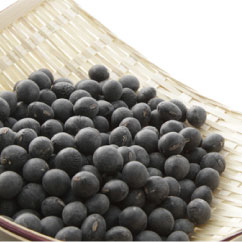
Black beans are rich in nutrients that the body needs, such as linoleic acid, lecithin and anthocyanins, a type of polyphenol.
In the Tamba region it is customary to eat nutritious black beans in winter to supplement protein intake.
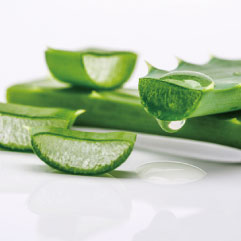
We use aloe vera cultivated without pesticides by a specialized farmer (Aroen) in Izumo City, Shimane Prefecture.
Weeding, seedling, fertilizing etc are all done by hand and cultivated, resulting in getting thick, transparent and slimy aloe vera.

A type of seaweed found between the Sea of Japan and the Pacific coast.
Besides the slimy ingredient “Fucoidan”, it is rich in various nutrients such as polyphenols and minerals.
In recent years, it is considered beneficial for beauty and health. Being a healthy food, it has become more and more popular.
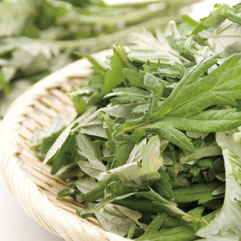
A versatile mountain herb as well as a typical Japanese herb.
It is cultivated organically in Asagiri town, Kuma District, Kumamoto Prefecture.
We selected products which are valuable, its productivity is only half to one third of those cultivated using pesticides.
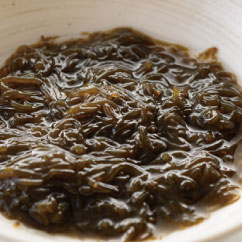
We selected the one grown in an environment suitable for mozuku cultivation such as sunlight and nutrients in seawater.
Okinawa mozuku named “Sunui” has a high content of slimy ingredients “Fucoidan” and is also rich in minerals and vitamins.
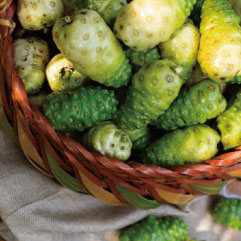
A wild plant that grows in tropical and south tropical regions. It is popular when blended into fruit juice as a healthy food.
It contains more than 140 kinds of ingredients such as vitamins, minerals, amino acids and dietary fiber.
